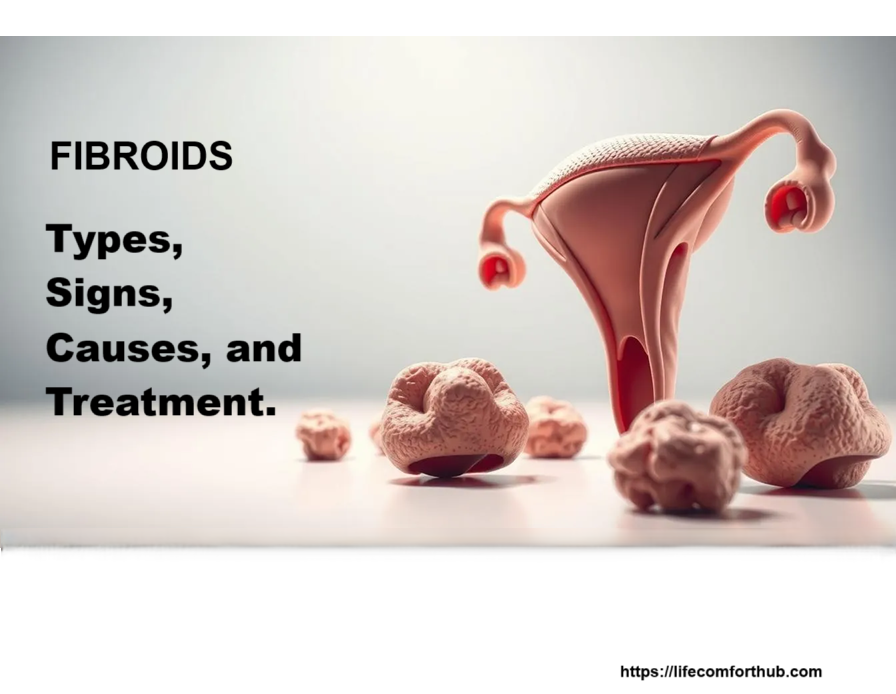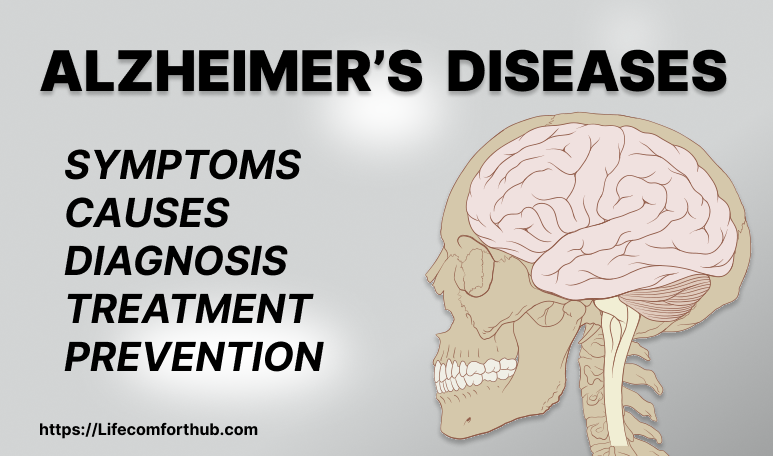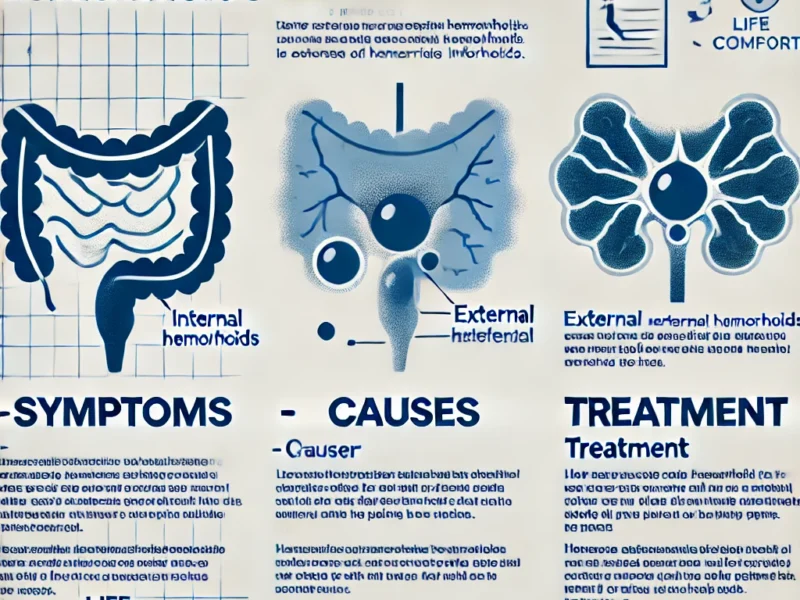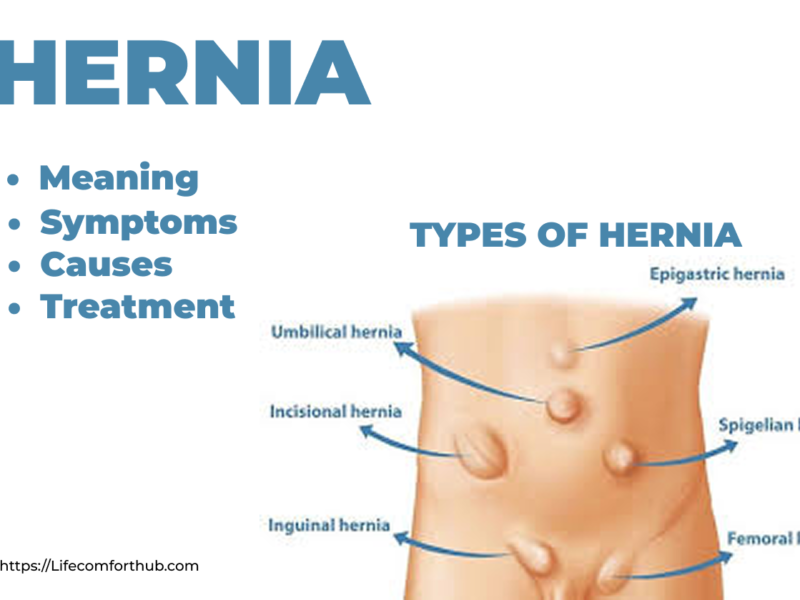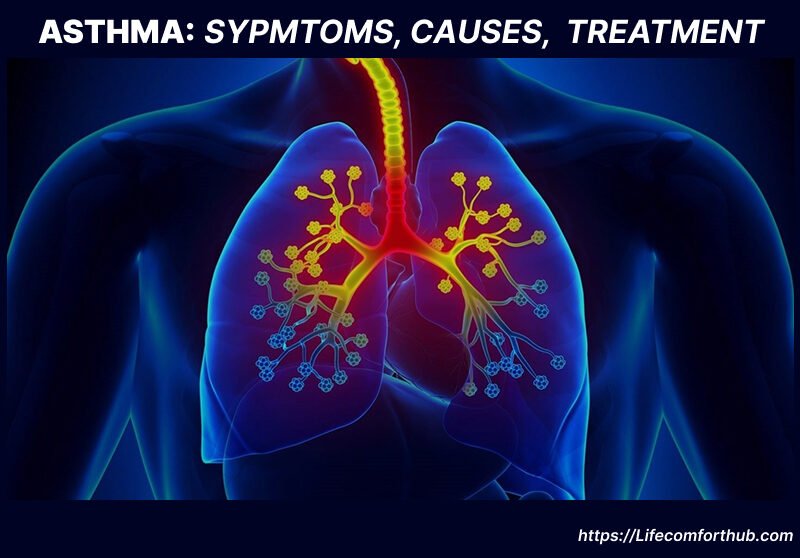Introduction to Fibroids
Fibroids can be simply defined as abnormal growth that develop in or on the uterus exclusively.
They can also be known or called by the following names.
- Fibromas.
- Myomas.
- Leso myomas.
- Uterine myomas.
- Uterine fibroids.
The growths are usually non-cancerous. Sometimes, the tumors become quite enormous and can also cause severe abdominal pain, and heavy periods. But in some cases, they show no signs or symptoms at all.
Types of Fibroids
- Intermural fibroids.
This is the most common type of Fibromas. They appear within the muscular walls of the uterus. Intermural Fibromasmay grow larger and have the hazardous probability of stretching your uterus. - Sub serosal fibroids.
They form on the exterior of the uterus which is also referred to as the serosa. They may grow large enough to make your uterus appear bloated on whichever side they form, from the outside. - Pedunculated fibroids.
These are more or like an advanced deteriorated and more serious phase of Sub serosal Fibromas. In this phase the fibroid can develop a stem, a slender base that supports the tumor. They can also be described as mushroom-like because they have a stalk and then a wide top. - Submucosal fibroids.
In this type, fibroids develop in the myometrium, the middle layer of the uterus. They aren’t as common as other types. This kind of Fibromas is rarely spotted in younger women. But they should be taken very seriously as they cause infertility and pregnancy loss in women. - Cervical fibroids
This is another type of fibroids which is superrare and also very difficult to diagnose. Tumors develop on the cervix, which connects the uterus to the vagina.
Symptoms of Fibroids
Fibroids is a very delicate issue especially, whenever it comes to the field of Health and care and also, because it involves the Female reproductive organs, which are as essential as their male counterparts in reproduction.
However, the symptoms of a fibroids depend on a number of factors and actually differs in each type of fibroids.
The factors are as follows:
- The number of tumors.
- The location of the tumors
- The sizes of the tumors.
However, in most cases, Submucosal fibroids can cause heavy bleeding and trouble conceiving. It can also cause complications during pregnancy, resulting in stillborn or miscarriage. However, this happens only in very rare cases.
There are also some kinds of conditions during which the symptoms don’t usually show. This includes small tumors and menopause. Tumors already existing during pregnancy shrink during and after pregnancy. The reason why symptoms during menopause don’t show isn’t so far-fetched, rather it’s something linked to the obvious evidence tumors forms in the first place.
The hormones responsible for the reproductive organs, Estrogen and Progesterone, usually depreciates its levels during menopause. Ironically, they’re hormones that stimulate and aid fibroid growth.
However, the general symptoms are as follows:
- Heavy bleeding.
- Fibroids usually cause heavy bleeding, especially from the vaginal areas. This can intensify during menstruation.
- Menstrual clots.
- Pain during sexual intercourse.
- Presence of Fibromas in the uterus can also lead to unbridled pain in the vaginal regions during sexual intercourse. This could be an immense discomfort in a woman’s comfort life, except if you’re a religious of course!
- Longer menstruation period.
- Pain in the pelvic region, or you can also classify that as the lower back.
- Increased urination.
- Swelling of abdomen.
- Increased menstrual cramping.
- Drops in red blood cells (Anemia).
Causes of Fibroids
There are many causes that have been identified as factors initiating fibroids and increasing astronomical progression.
Some of these are as follows:
- Hormones.
As already mentioned above, the reproductive hormones, Estrogen and Progesterone, cause uterine lining to regenerate during each menstrual cycle, and can also stimulate the growth of fibroids. - Family History.
These also play a major factor, although the occurrence based on these isn’t concurrent. Most are discovered from research. For instance, African Americans have higher chances of getting fibroids than pure blooded Americans. Also, women above 30 years of age have higher chances of carrying fibroids. - Extracellular Matrix (ECM)
This is a condition that makes cells stick together like mortar between bricks. ECM is increased in fibroids and makes them fibrous. It also stores growth factors and causes biologic changes in the cells themselves. - Obesity
Although this hasn’t been confirmed well, as well as a high Body Mass Index (BMI). - Being low on Vitamin D.
There are also complications that can arise during pregnancy. Some of these are:
- Placental abruption: In this case, the placenta separates from the fetus during the course of pregnancy.
- Fetal growth restriction: The unborn fetus doesn’t grow well.
- Preterm delivery: this is a critical case when a fetus is born on or before the 37th week.
Diagnosis of Fibroids
Fibroids are normally and popularly diagnosed by a gynecologist during a pelvic exam. It often happens after a patient complains of some of the symptoms of it. But there are ways to detect this anomaly earlier than usual. they are:
- Imaging Tests: Ultrasound makes use of high frequency sound waves to produce images of your items.
- Transvaginal ultrasound: this is also a process where an ultrasound wand is inserted into the vagina, which enables it to provide clearer images due to its advantageous proximity.
Another form of it is called Hysterosalpingography, but it’s a little bit different. - Hysterosalpingography entails injecting contrast material to take x-rays of your uterus.
- Sono hysterography involves placing a small catheter in the vagina and then injects saline in the uterus. That fluid helps to create a clearer image of the uterus.
- Pelvic MRI in-depth test that produces images of the uterus, ovaries and other organs located around the pelvic area.
- Laparoscopy involves making a small incision in the abdomen, then inserting a small flexible tube with a camera to be inserted and study the inner organs.
Treatment of Fibroids
Your healthcare provider is sure to create a treatment plan based on your age, the size of your fibroids, and your overall health. And in most cases, you are certain to receive varieties of treatments.
The first ever present option is fibroids surgery. Myomectomy is a procedure, that allows you to remove the fibroids it’s also highly advisable in this case. Also, there’s the option of Hysterectomy but, this option is only advisable for women who have no interest in childbearing any longer.
Radio frequency Ablation (RFA) uses microwaves to treat it. But this is also advisable for people who haven’t reached menopause. Iron supplements is also advisable for those experiencing anemia.
Sources.
- Mayo Clinic
Uterine fibroids – Symptoms and causes – Mayo Clinic - healthline
Fibroids: Types, Symptoms, Causes, Pregnancy, Treatment
